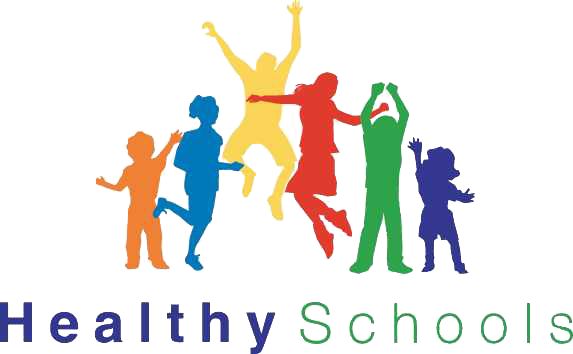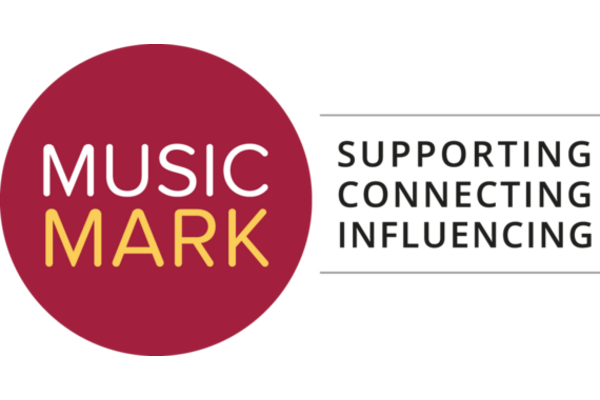How do we teach Phonics?
Phonics is taught following Little Wandle Letters and Sounds Revised scheme. We thought carefully about which Department for Education Validated Phonics Programme to choose and felt Little Wandle was closest aligned to our teaching of phonics. Early reading books are matched to the Letters and Sounds stage the children are at, to enable them to develop a thorough understanding of the letters and sounds that they are learning at any one particular time.
Children from the Early Years Foundation Stage onwards are encouraged to write using their phonological awareness, to make plausible attempts at spelling regular words and begin to spell some common exception words. The children learn to spell by segmenting spoken words into phonemes and representing these by graphemes. They learn new ways of spelling phonemes for which one or more spellings are already known. Towards the end of the Early Years Foundation Stage, children will be tested on some of the phonic spellings and Common Exception Words.
How is our phonics curriculum structured?
High Frequency Words:
High frequency words are words that do not follow the common phonetic spelling rules children learn in Reception and Year 1 . These are also called tricky words or sight words as you must learn to recognise them, and can’t sound them out. They aren’t decodable using the normal rules and letter-sounds in phonics. Every year group also has a group of Common Exception Words which are commonly read and spelt words but generally cannot be de-coded using phonological knowledge and skills. Children in every year group will learn to read and spell the common exception words for their year group.
Phonics Glossary:
- Phoneme: The smallest unit of sound in a word, e.g. c/a/t, sh/o/p, t/ea/ch/er.
- Grapheme: A letter or group of letter representing one sound, e.g. sh, igh, t.
- Digraph: Two letters which together make one sound, e.g. sh, ch, ee, ph, oa.
- Split digraph: Two letters, which work as a pair, split, to represent one sound, e.g. a-e as in cake, or i-e as in kite.
- Trigraph: three letters which together make one sound but cannot be separated into smaller phonemes, e.g. igh as in light, ear as in heard, tch as in watch.
- Segmentation: means hearing the individual phonemes within a word – for instance the word ‘crash’ consists of four phonemes: ‘c – r – a – sh’. In order to spell this word, a child must segment it into its component phonemes and choose a grapheme to represent each phoneme.
- Blending: means merging the individual phonemes together to pronounce a word. In order to read an unfamiliar word, a child must recognise (‘sound out’) each grapheme, not each letter (e.g. ‘th-i-n’ not ‘t-h-i-n’), and then merge the phonemes together to make the word.
- Mnemonics: a device for memorising and recalling something, such as a hand action of a drill to remember the phoneme /d/.
- Adjacent consonants: two or three letters with discrete sounds, which are blended together e.g. str, cr, tr, gr. (previously consonant clusters).
- Comprehension: understanding of language whether it is spoken or written.
Below are some handy videos on how we pronounce our sounds:





